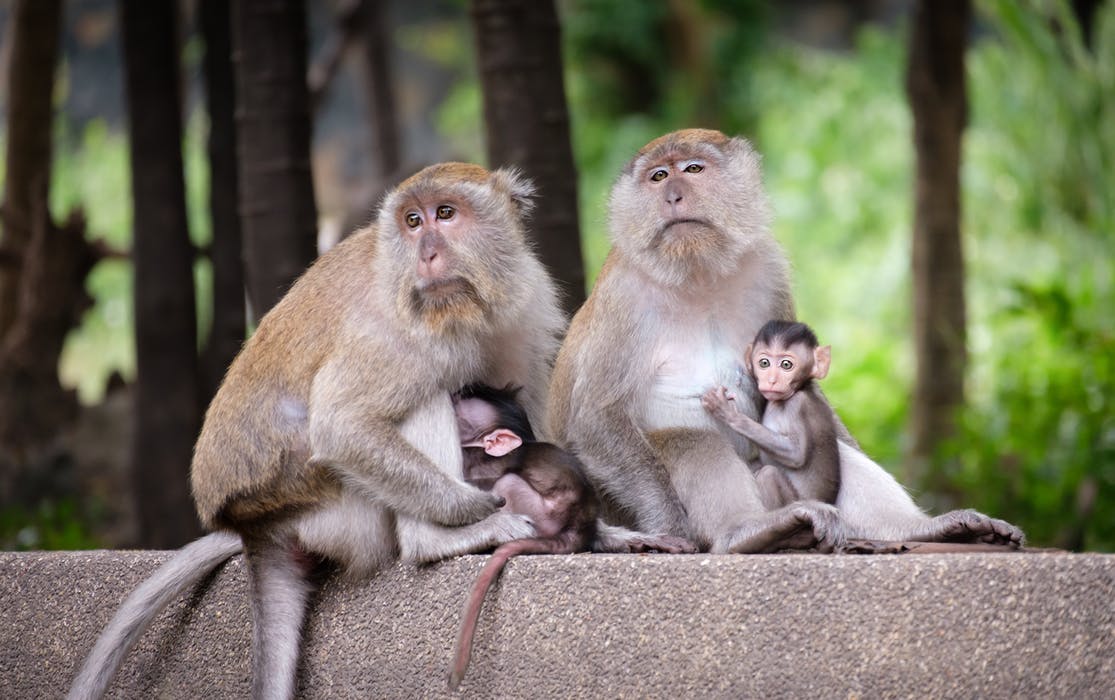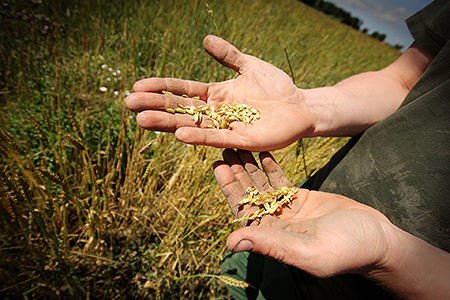
Calling for action on biodiversity
Population Matters has written to the UK minister for the environment to ask him to press for human population growth to be addressed in plans to update the key international agreement to tackle biodiversity loss. Our call comes as two further significant scientific studies have been published identifying population growth as drivers of extinctions.
International action
The Convention on Biodiversity is the key international agreement protecting global biodiversity. It obliges signatory governments to develop plans to protect biodiversity in their own nations, sets targets and coordinates international action.
In 2011, an initial set of targets to be met by 2020 were established – many of which are very unlikely to be met. Governments are now negotiating the next stage of the Convention’s work – the so-called Post-2020 framework – and Population Matters made a submission last year as part of the consultation process, arguing for inclusion of measures to address population growth in the framework. A series of key meetings to develop the framework are taking place over coming months. One such meeting, for Western European governments, takes place this March.

Population Matters has written to the UK’s Secretary of State for the Environment, Michael Gove MP, asking him to ensure that the UK government presses for action to address human population growth in the post-2020 framework. In our letter, we wrote;
“Multiple scientific papers have recently identified population growth as a factor in biodiversity loss. The Sixth Mass Extinction is an irreversible environmental catastrophe which, if not arrested, will inevitably bring profound harm to human beings through its decimation of ecosystem resources on which we are wholly dependent. Ignoring the fundamental contribution of human population growth to this crisis is untenable and irresponsible.”
The UK and Scottish Governments have, however, previously responded with complacency on these issues, and failed to recognise the impact of population growth in policy plans.
Latest evidence
Among the many scientific papers identifying population as a driver of biodiversity loss, we cited the World Scientists Warning to Humanity and a comprehensive study co-authored by our patron, Prof Paul Ehrlich, in 2017.
Within the last week, two more key papers have been published addressing the impact of population growth on biodiversity. A detailed study in Nature Ecology and Evolution examined how different factors affect biodiversity loss and “ecosystem services” (the contribution of natural activity, such as insect pollination of plants, to human wellbeing). The research acknowledged the well-recognised direct drivers of biodiversity loss, such as habitat loss, and attempted to look at the underlying drivers of those changes. For this very complicated analysis, the paper focussed on the impacts of forestry and farming on biodiversity in bird species and the ability of trees to absorb carbon (known as sequestration). The study was unusual and important in producing specific measures of the impact of population growth in isolation from other factors.
The researchers found that on average economic activity is now more “efficient”, meaning additional activity has less impact than activity on the same scale used to have. However, the advantages of that are lost because the amount of additional activity is far greater than previously. In the words of the paper,
“Economic and population growth have been driving the upward trend of impacts on biodiversity and ecosystem services, despite a reduction of the impacts per unit of GDP.”
It also examined how environmental impacts can be “exported”, in other words how the consumption habits in one region can lead to environmental damage in another region. It found that for bird biodiversity, for instance, all world regions drove impacts elsewhere except Africa and Central and South America. What the researchers termed “remote responsibility”, measured as the impacts “transferred” through international trade increased between 2000 and 2011, for both biodiversity and carbon sequestration. Western Europe and North America were the main drivers.

Another study, published in Nature Climate Change this week, has attempted to quantify anticipated impacts of increased demand for land for human activity – primarily agriculture. It concludes that by 2070, increased human land-use is expected to put 1,700 species of amphibians, birds, and mammals at greater extinction risk by shrinking their natural habitats.
Call on governments to protect biodiversity
Governments are currently engaged in negotioations about the next phase of the Convention on Biodiversity. Please ask them to press for action on population.
